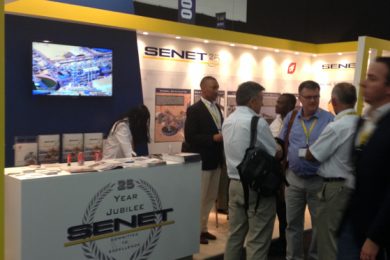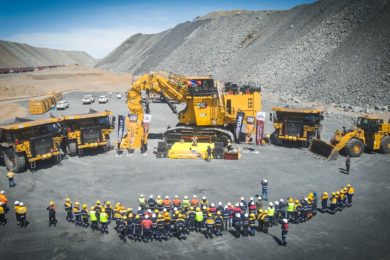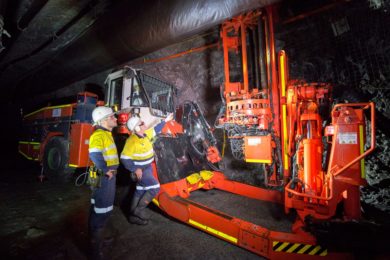Mining Indaba (February 6-9, 2017) noted these key news items last week. West Africa took the lead again with news that the regional stock exchange, the Bourse Regionale des Valeurs Mobilieres, plans to start a separate section for mining stocks by 2018 – a move aimed at making it easier for resources companies to raise funds in the local CFA franc currency. But times are tough, with countries like Mali – the third biggest gold producer in Africa behind South Africa and Ghana – recording an 11% drop in state mining revenues. On the upside, Ashanti Gold has joined forces with Alecto Minerals to progress its Mali-based Kassanto East gold project. Meanwhile, copper woes have prompted both Zambia and the DRC to lower 2016 forecasts – growth in Zambia, Africa’s second-largest copper producer, is expected to slow to 3.2% this year, while the DRC has lowered its growth estimate (again) to 4.3%. On the regulatory front, just as the East African Development Bank calls on regional countries to strengthen laws for the mining industry to ensure equitable distribution of resources, South Africa’s much-debated Amendment Bill takes the spotlight again. The stalled Mineral Petroleum and Resources Development Amendment Bill could be heading back to the President for approval, following a decision by parliament’s minerals resources committee that there are no grounds for concerns over the Bill’s constitutionality.
In financials last week, Jubilee Platinum’s cash generation takes off big time and its Dilokong strategy bears fruit, while both Glencore and Goldplat’s turnaround strategies gather pace. Goldplat expects a strong full year as gold rises and sterling sinks, whereas Glencore steps up debt reduction as earnings drop 13% in H1 and hints that dividends could return in 2017. Also, expansion is on the cards for Goldplat’s Kilimapesa gold mine in Kenya and Glencore says it expects to resume Katanga production in early 2018.
Glencore CEO Ivan Glasenberg said he will look at selling gold assets given higher gold price. Meanwhile, Harmony Gold is shopping around. CEO Peter Steenkamp is reportedly looking for profitable mines that will offset falling production in South Africa and help fund a major new project in Papua New Guinea (Golpu). Harmony is also “harvesting” three high-cost mines in South Africa – Kusasalethu, Masimong and Unisel – as it seeks merger and acquisition opportunities at home and abroad.
Sibanye Gold has reported a very strong set of half year results – operating profit up by 128% to ZAR5.4 billion with a 5% rise in gold production.
M&A activity features prominently on the business agenda of both majors and minors, as companies take stock mid-year and explore growth and diversification options into 2017. On the gold front, exploration junior Thor Explorations has closed a transformational acquisition of the Segilola gold project, considered the most advanced project in Nigeria, whereas Central Rand Gold is looking to diversify from gold and acquire mines elsewhere in Africa. Negotiations with Zhejiang Golden Machinery Plant, which is considering investing in Central Rand Gold, are still under way. As for precious stones, Stellar Diamonds and Octea Mining are to combine their Sierra Leone projects to create the second largest diamond-mining operation in West Africa, while billionaire Christo Wiese sees opportunities to consolidate diamond operations in the region after buying a stake in a Cape Town-based Trans Hex. As part of an ongoing business rescue process, Ferro Metals completed the ZAR310.0 million sale of its South African subsidiary to Samancor Chrome, while local ferro-chrome producer ASA Metals is said to be inviting offers from parties interested in acquiring the business or its assets.










